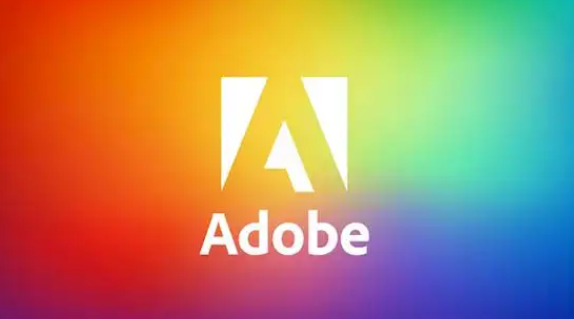Adobe's Content Authenticity Initiative (CAI) is revolutionizing how creators safeguard their work from AI training misuse. By embedding tamper-proof metadata into digital files, CAI acts as a digital "nutrition label" that tracks creation history, authorship, and AI training preferences. Whether you're a photographer, designer, or social media creator, this initiative offers actionable tools to combat unauthorized AI use. Here's how it works, why it matters, and how to get started.
What is the Adobe Content Authenticity Initiative?
The Adobe Content Authenticity Initiative (CAI) is a global framework launched in 2021 to combat AI-generated misinformation and protect creators' rights. Unlike traditional metadata, CAI uses cryptographic signatures and invisible watermarks to create tamper-resistant credentials. These credentials answer critical questions:
Who created the content?
When and how was it edited?
Has it been used for AI training?
Key partners include Adobe Photoshop, Lightroom, and industry giants like Leica (which embeds CAI credentials in camera hardware) and TikTok (automatically labeling AI-generated posts) .
How Content Credentials Work: A Deep Dive
1. Digital Fingerprint Technology
CAI credentials combine three layers of protection:
Digital fingerprints: Unique hashes generated from file properties (e.g., resolution, color profile).
Invisible watermarks: Subtle patterns detectable only by CAI scanners.
Blockchain-like encryption: Immutable records stored on Adobe's secure servers.
This system ensures credentials survive even if metadata is stripped or files are screenshots .
2. Declaring AI Training Preferences
Creators can now:
Opt-out of AI training: Add a “Do Not Train” tag to credentials, signaling AI models like Adobe Firefly to avoid using their work.
Specify allowed uses: Restrict content to non-commercial or educational purposes.
Example: A photographer uploads wedding photos to Adobe Lightroom, applies CAI credentials with “No AI Training” selected. Any AI tool accessing the images via Adobe's API will recognize and respect this preference .
Step-by-Step Guide: Protecting Your Work with CAI
Follow these 5 steps to implement CAI credentials:
Step 1: Install the Adobe Content Authenticity App
Access the free web app at contentauthenticity.adobe.com.
Sign in with your Adobe ID (no Creative Cloud subscription required).
Step 2: Upload and Customize Credentials
Drag & drop up to 50 JPG/PNG files.
Add:
Verified name (linked to LinkedIn for authenticity).
Social media links (Behance, Instagram, etc.).
AI training preferences (opt-out statements).
Pro tip: Use batch processing to apply credentials to multiple files simultaneously .
Step 3: Download and Publish
Save files with embedded credentials.
Critical: Always upload credential-protected files to public platforms. Unprotected versions lose traceability.
Step 4: Verify Credentials
Use the Chrome extension or app's “Inspect” tool to:
Check if credentials are intact.
View editing history and ownership claims.
Demo: Upload a CAI-protected image to Instagram. Hover over the “cr” badge to see creator details and AI training status .
Step 5: Monitor and Update
Regularly audit credentials for accuracy.
Update preferences as AI regulations evolve (e.g., new training model bans).
Why CAI Matters for Creators and Platforms
For Creators
Copyright enforcement: Prove ownership in court using blockchain-backed evidence.
Monetization control: Prevent AI-generated copies from undercutting your work.
For Platforms
Regulatory compliance: Meet EU AI Act and US DMCA requirements.
Trust building: Platforms like Behance display CAI badges, attracting ethical creators .
FAQ: Adobe Content Authenticity Initiative
Q: Do I need Adobe software to use CAI?
A: No! The web app works with any file, but integration with Photoshop/Lightroom simplifies batch processing.
Q: Can AI companies ignore the “Do Not Train” tag?
A: While not legally binding, major AI firms like OpenAI and Stable Diffusion have pledged compliance. Adobe is pushing for global standards .
Q: How long do credentials last?
A: Forever. Even deleted files can be verified using Adobe's inspection tools.


